2 tankless or 1 tank. which way to go
live4u
10 years ago
Related Stories

GREAT HOME PROJECTSHow to Switch to a Tankless Water Heater
New project for a new year: Swap your conventional heater for an energy-saving model — and don’t be fooled by misinformation
Full Story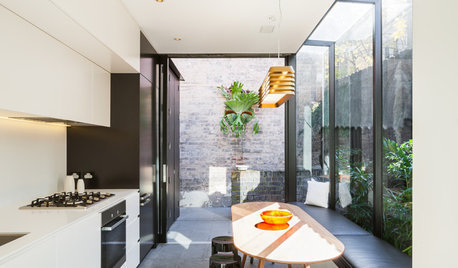
FURNITUREWhich Dining Table Shape Should You Choose?
Rectangular, oval, round or square: Here are ways to choose your dining table shape (or make the most of the one you already have)
Full Story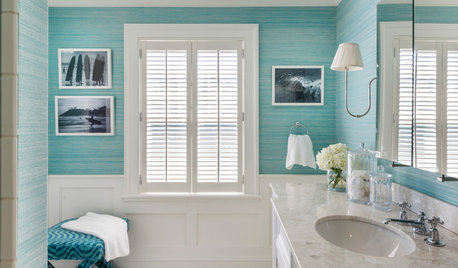
BATHROOM COLOR10 Ways to Go for Color in the Bath
A shot of strong color or pattern sets these bathrooms apart from the rest of the pack
Full Story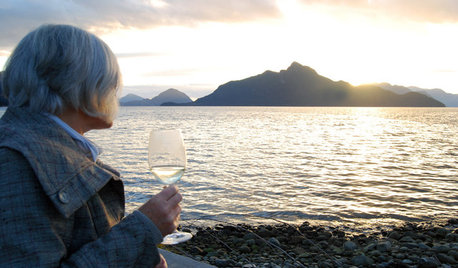
LIFE10 Beautifully Simple Ways to Go Greener in the New Year
You may just find more green in your wallet along the way
Full Story
DECORATING GUIDES6 Cost-Effective Ways to Go Custom Made
Get a look that’s totally you — and possibly for a lower cost than you might think
Full Story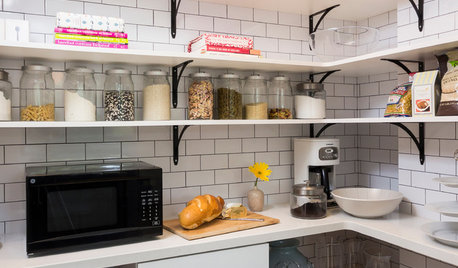
DECLUTTERINGHow to Declutter Without Going Minimalist
Here are 10 ways to get your home tidy and organized while keeping that personal touch
Full Story
GARDENING GUIDES4 Ways Gardens Can Go Beyond Aesthetic Beauty
Our landscapes can play an even more meaningful role if we rethink their purpose
Full Story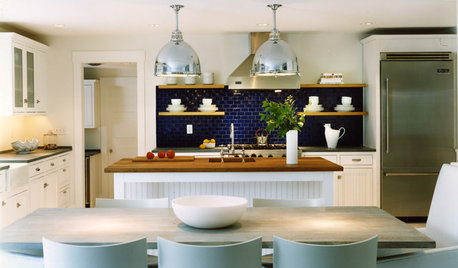
COASTAL STYLE10 Ways to Go Coastal With a Modern Edge
Don't drown your home in beachy kitsch. Get a more sophisticated seaside style with these ideas that take a subtle approach
Full Story
COLORHow Merlot Can You Go? 8 Enticing Ways With Wine-Inspired Hues
Add warmth and drama to your home with these deepest shades of red
Full Story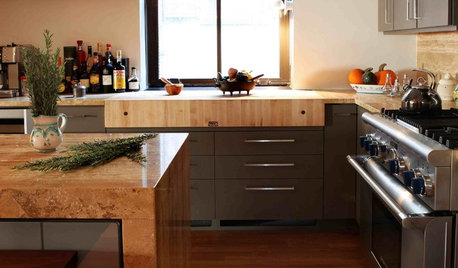
REMODELING GUIDES10 Ways to Go Greener Through Design
See How Functional (and Beautiful) Eco-Friendly Practices Can Be
Full StorySponsored
Zanesville's Most Skilled & Knowledgeable Home Improvement Specialists
More Discussions








klem1
live4uOriginal Author
Related Professionals
Fairfax Handyman · Minnetonka Mills Kitchen & Bathroom Remodelers · Centerville Kitchen & Bathroom Remodelers · Clovis Kitchen & Bathroom Remodelers · Crestline Kitchen & Bathroom Remodelers · Glendale Kitchen & Bathroom Remodelers · Honolulu Kitchen & Bathroom Remodelers · Lomita Kitchen & Bathroom Remodelers · Mooresville Kitchen & Bathroom Remodelers · Payson Kitchen & Bathroom Remodelers · Pico Rivera Kitchen & Bathroom Remodelers · Placerville Kitchen & Bathroom Remodelers · Middlesex Kitchen & Bathroom Remodelers · Glenn Heights Kitchen & Bathroom Remodelers · Wilmington Island Kitchen & Bathroom Remodelerslive4uOriginal Author
Elmer J Fudd
davidrt28 (zone 7)
davidrt28 (zone 7)
Elmer J Fudd
davidrt28 (zone 7)
Elmer J Fudd
jackfre
Elmer J Fudd
jackfre
jakethewonderdog
jackfre
xedos
Elmer J Fudd
xedos
sammfol3y